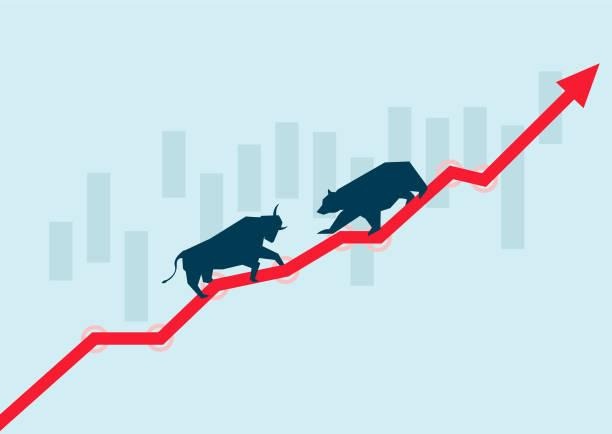If you’re just starting out on Binomo, one of the most common questions is: “When is the best time to trade?” While Binomo allows trading 24/7, not all hours offer the same opportunities. Understanding market sessions and the behavior of assets during specific times can help you improve your trading results.
In this article, we’ll explain how market hours affect trading, what the best times are based on the asset you’re trading, and tips for choosing your ideal trading window in 2025.
How Time Affects Your Trades
Binomo trading is based on price movements of real financial markets—like Forex and stock exchanges. These markets follow global trading sessions, and each session has different levels of activity, volatility, and volume.
There are 4 major trading sessions to know:
- Sydney Session (Asia-Pacific): 10 PM – 7 AM (UTC)
- Tokyo Session (Asia): 12 AM – 9 AM (UTC)
- London Session (Europe): 8 AM – 5 PM (UTC)
- New York Session (US): 1 PM – 10 PM (UTC)
Note: Times may vary slightly based on daylight saving changes.
Best Trading Times by Region and Asset
Different assets behave differently during each session. Here’s a guide to help you choose the best time based on what you’re trading:
1. Currency Pairs (Forex)
Binomo offers popular currency pairs like EUR/USD, GBP/JPY, and AUD/USD.
- Best time:
- London + New York overlap (1 PM – 5 PM UTC)
- This period offers the highest volatility and volume
- Ideal for scalping, trend, or breakout strategies
2. Commodities (Gold, Oil)
Commodities are influenced by global economic news and U.S. markets.
- Best time:
- New York Session (1 PM – 10 PM UTC)
- Especially for oil and gold which are linked to the U.S. dollar
3. Stocks (Apple, Google, etc.)
Stock-derived assets on Binomo typically follow U.S. stock exchange hours.
- Best time:
- US market open (2:30 PM – 9 PM UTC)
- Best for high-movement periods and news reactions
4. Cryptocurrencies (Bitcoin, Ethereum)
Crypto is available 24/7, but activity levels change.
- Best time:
- Weekdays during U.S. and European business hours (8 AM – 10 PM UTC)
- Avoid weekends with low volume and unpredictable moves
Why Volatility Matters
Volatility means how much price moves within a certain time.
- High volatility = more trading opportunities, but also more risk
- Low volatility = slower price movements, fewer signals
Beginners often find it easier to trade during medium volatility, where trends are clearer and price doesn’t move too fast or too slow.
Best Time for Beginners
If you’re new to Binomo, the best times to trade are:
- 8 AM – 5 PM UTC (London Session)
- Good for beginners: stable, structured movements
- 1 PM – 5 PM UTC (London + New York overlap)
- Great for experienced users who want more action
- Avoid trading during low-volume hours (e.g., after 10 PM UTC) unless you’re focusing on crypto.
Use a Time Zone Converter
Binomo uses your device’s time, so check how UTC time matches your local time. Use tools like timeanddate to convert time zones easily.
For example:
If you live in India (IST), the London session starts at 1:30 PM IST and the New York session starts at 6:30 PM IST.
Tips for Choosing Your Ideal Trading Time
- Know Your Schedule
Trade when you’re focused, alert, and not rushed. - Stick to 1–2 Sessions
Specialize in trading during certain sessions to get familiar with how assets behave. - Follow Economic News
Important news (like interest rate announcements) causes big movements—great for advanced traders. - Avoid Late-Night Trading
Low liquidity can lead to false signals or unpredictable price behavior. - Use Demo Mode
Practice during different sessions to find what suits you best.
When NOT to Trade
- During high-impact news releases (unless you’re experienced)
- When you’re tired, emotional, or distracted
- On weekends for most assets (except crypto)
- During public holidays when markets are closed or slow
Final Thoughts
The best time to trade on Binomo depends on your goals, chosen asset, and experience level. While the platform is open 24/7, not every moment is equally profitable. Focus on trading during high-activity sessions, especially the London and New York overlaps, and avoid times of low liquidity.
Take time to learn how each session behaves, use your demo account wisely, and build your own routine based on what works best for you. Consistency and timing go hand-in-hand when it comes to smart trading.



